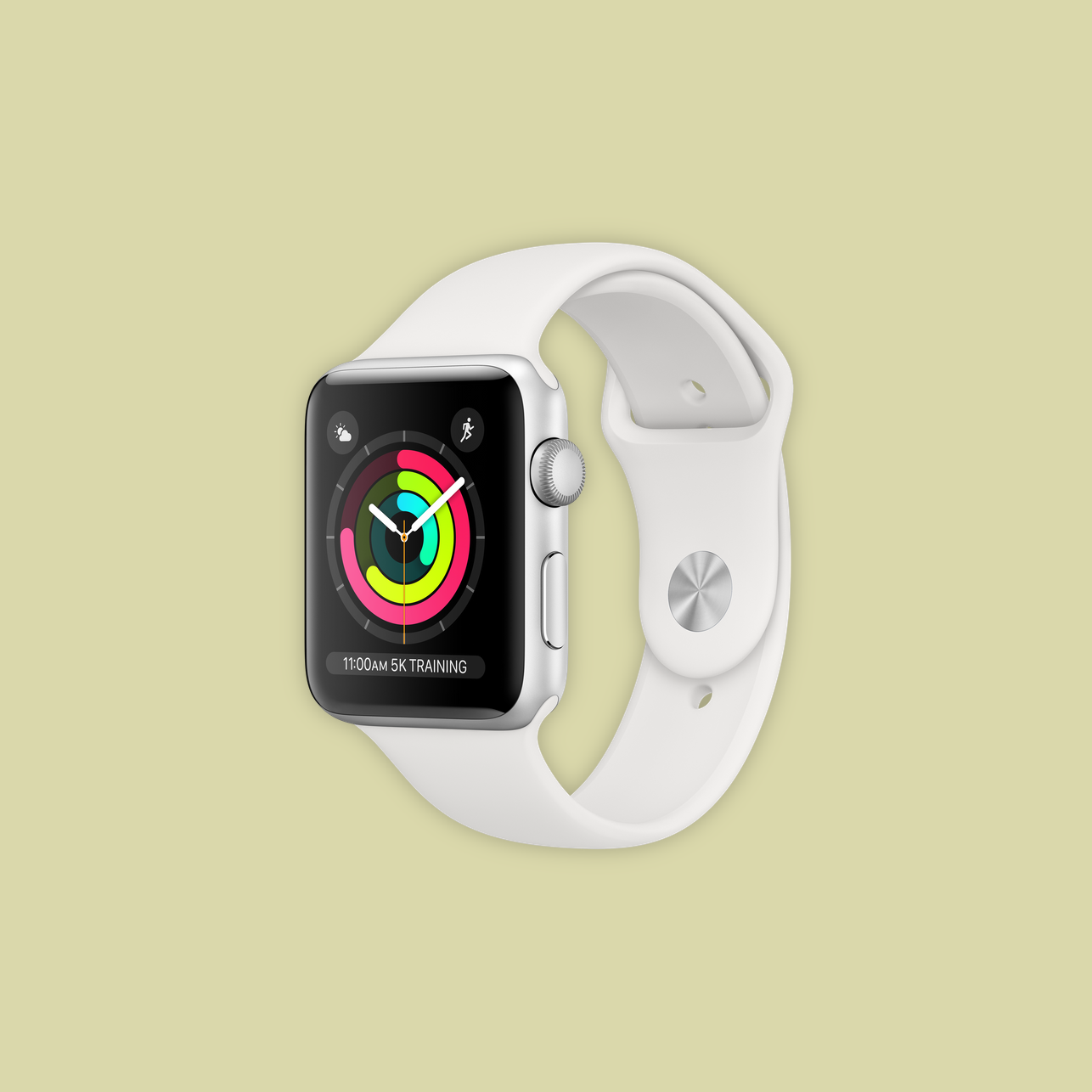Why Are People Buying the Series 3?
Apple announced the Apple Watch Series 3 on September 12, 2017. It remains in Apple’s lineup, along with the Series 5, at a starting price of $199.
In recent weeks I've had several people contemplating buying their first Apple Watch write asking whether they should be considering the Series 3 or Series 5. Time and time again, the people I talk to are opting for the Series 3, and in this post, I wanted to reflect on why that might be the case, and how Series 3 is perfectly positioned in Apple's ecosystem for first-time buyers.
My usual spiel involves highlighting the similarities: the health and fitness tracking, waterproofing, Siri, Apple Pay, apps, & the call, messaging, and notification features of the watch. Next, I talk up the positive experience I had transitioning from a Series 3 to a Series 5: the 30% larger always-on display, refined chassis, enhanced complications & new watch faces, added health features (fall detection, ECG), and the faster processor of the Series 5. I also make sure to highlight the additional years of software support that the Series 3 may miss out on given its age. The response is predictable, interest in the similarities and pretty consistent indifference to the difference between the two devices.
At first, this wasn't easy to comprehend. Why wouldn't you want a cellular? Why wouldn't you want a 30% larger display with rounded corners, and over a dozen new watch faces and enhanced complications? Then I remembered that I live and breathe Apple's latest and greatest, and for me, the value derived from being able to use many of their latest products and features is important. My budgeting, earning potential, and current financial commitments also help make it possible for me even be in a position to be able to consider Series 5.
But what is going on here? Why are people I talk to regularly opting for the Series 3?
Why are People Buying Series 3?
Price
One of the most persuasive qualities of Series 3 is its price point: $199. To even begin considering the Series 5 means being able to 1) have the means to do so, and 2) see the value of a product whose cost is double - i.e., $399 - that of the Series 3.
Use Case
From my conversations, what many first-time Apple Watch owners were looking for can be handily accomplished by the Series 3. They want to be able to receive notifications on their watch, seek better integration with their iPhones, and want fitness tracking capabilities.
Reference Point
Because the people talking to me are all first-time Apple Watch buyers, there isn't an established reference point for many of the enhancements I fawn over, or why they should care about it. I like my Infograph face with ten pieces of information, but if you are coming from a device that only showed you the time, then the Series 3's 3-4 complications will stand as quite an improvement. I am blown away by the Series 5s larger display, but that won't mean anything to someone coming from a device that barely had a screen to begin with.
Our reference point sets what we expect from a product, what we think the value of a product is, and, therefore, what we are willing to spend on it. For many people new to the Apple Watch, the Series 5's $399 starting price is a little beyond what they think a smartwatch should cost, or what the value-to-feature ratio of the Apple Watch will be for them.
They Don’t Care
I think a good portion of people don't care as much about certain things they choose to bring into their life. I have a friend who washes their car at least twice a week because they care deeply about their vehicle and having it look its very best (I can't recall the last time I washed mine). I have friends who enjoyed going to swanky cocktail bars because they derive a lot of value from the drinks and ambiance these places provide. The more value we ascribe to something, the more willing we will be to invest more.
Apple’s Genius
That 199$ is critical. If the Series 3 began at $229$ or $249, I highly doubt it would be attractive. This price point is not only psychologically appealing (that leading $1XX is profoundly influencing), but it also makes the Series 3 highly competitive with the FitBit ecosystem. I know many people who opted for a FitBit not because they desired it more, but because Apple's price point was above what they were willing or able to spend, they opted for a Fitbit rather than enthusiastically pick it. Apple's $199 price now means that people's preferences and budgets are now synced up, and so switching from a Fitbit to Series 3 is a no-brainer.
Apple's always had played the long game. Their walled garden means that the more tech you have inside their ecosystem, the harder it becomes to leave, so maintains an most affordable entry option is a wise strategy to take. Additionally, having a positive first experience with a product like Series 3 may increase the likelihood that you'd be willing to invest more for future iterations if and when you choose to do so.

